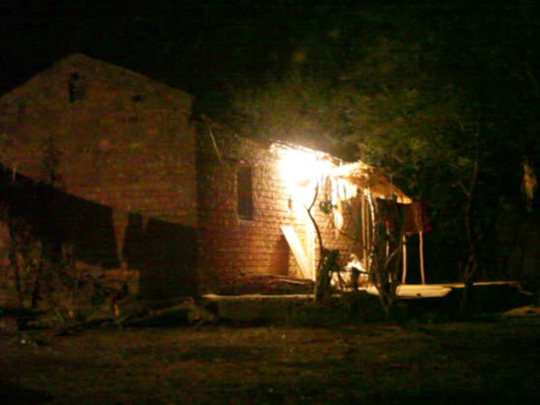
The launch of Saubhagya, a new programme to supply electricity to all Indian households by the end of 2018, has generated a lot of excitement. The recent announcement by Prime Minister Narendra Modi is perceived as a political commitment at the highest level, an essential condition for advancing the project on the ground.
Of course, announcing ambitious targets and supporting the creation of electricity infrastructure are simply good politics. Our concern is that unless equally enthusiastic efforts are made to address related critical issues, these financial investments and efforts may not result in the desired outcome, of “increased economic activities and jobs, improved quality of life especially for women”, as stated in the government news release.
In India, the focus on household electrification started in 2005 with the creation of a rural electricity infrastructure and household electrification programme known as the Rajiv Gandhi Grameen Vidyutikaran Yojana (RGGVY), followed by another programme, the Deen Dayal Upadhyaya Gram Jyoti Yojana (DDUGJY). Hopefully, Saubhagya, the current government’s new plan, will ride on the momentum created over the last 12 years.
As part of the new programme, public agencies are expected to be involved in handling the connections, metering and bill collection, without households needing to apply for a connection individually. It remains to be seen whether this will work better than the unsuccessful franchise option that was experimented with during the RGGVY years.
A separate scheme has been announced for remote areas, with solar-powered systems for basic lighting.
Over the years, analysts have raised concerns over the rural electrification programme, which must be addressed if Saubhagya is to achieve its objectives. These include issues like the definition of village electrification, doubts over the actual hours of electricity supply, quality monitoring and the failure to develop a franchisee model for rural distribution management.
Past government reports on DDUGJY indicated that there were 13-24 hours of electricity supply to rural areas, but independent monitoring of the supply at consumer locations by the non-governmental organisation, Prayas, told a different story. In many states, rural areas still experience up to about four outages per day and have electricity only 60-70 per cent of the time. There have been complaints about metering and billing. Distribution companies do not have the capacity or resources to manage the rural distribution system.
To address these crucial challenges, measures such as transparent participatory reviews at the state level by regulatory commissions need to be an integral part of the efforts to improve rural household electrification.
Rural electrification will become sustainable only if it promotes economic activities, but there is no clear indication of any efforts on this front. If adequate affordable quality supply is not provided, there is a danger of the investment going to waste, as has happened in the past in a few states.
The current challenge in rural electrification is not just providing the connections, but guaranteeing sufficient, affordable, quality supply. If the electrification drive is to result in well-lit homes, many more steps need to be taken, urgently.
There needs to be a public review of the quality of supply by state regulatory commissions supported by third-party studies. We need online monitoring of the metering and billing status of newly electrified households to ensure that they continue to get electricity and do not face the prospect of receiving exorbitant bills after long delays, eventually leading to disconnection for non-payment. If economic activities are to be promoted, it is important to provide three-phase supply for non-farm enterprises in villages and to introduce a general category for small consumers who conduct business from their homes. This will avoid potential harassment of households because of unauthorised use of electricity — a serious offence under the Electricity Act 2003.
— Worldcrunch, 2017, in partnership with The Wires/New York Times News Service
Sreekumar N. and Shantanu Dixit work at the Prayas (Energy Group) in Pune, India.









